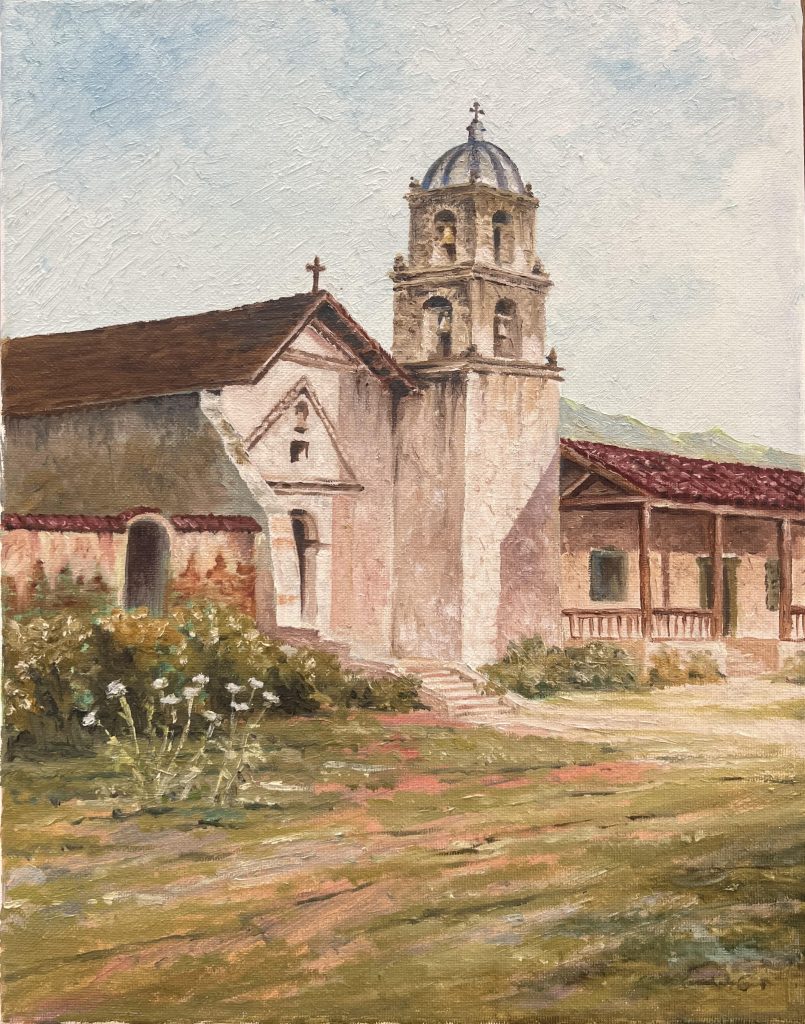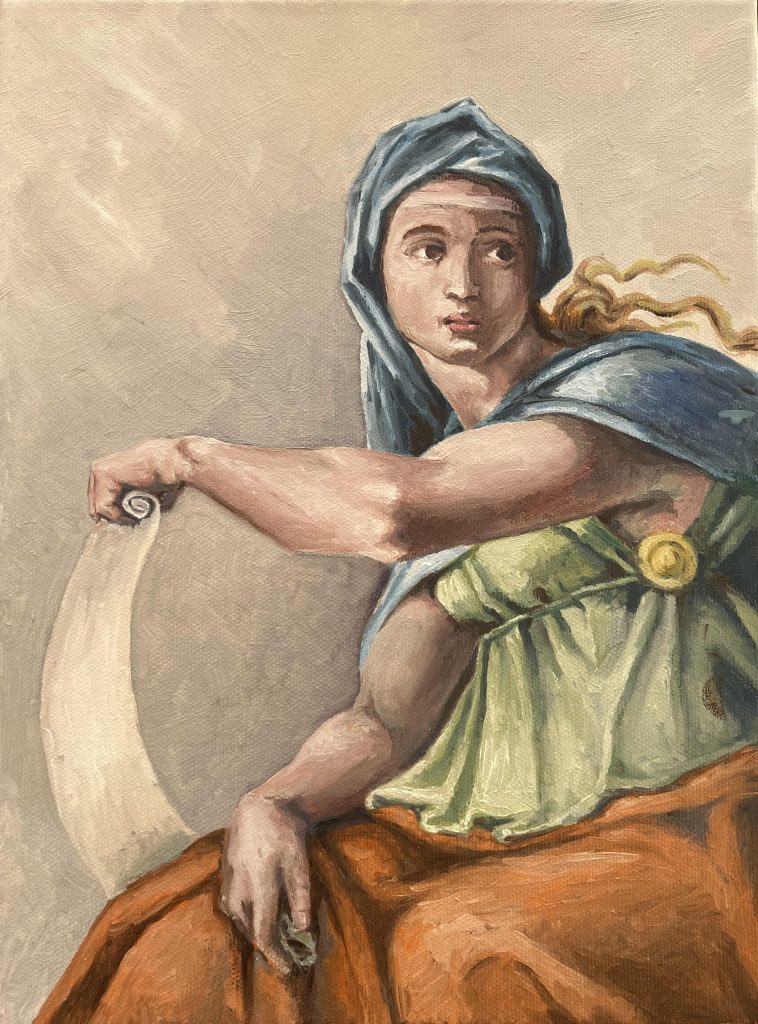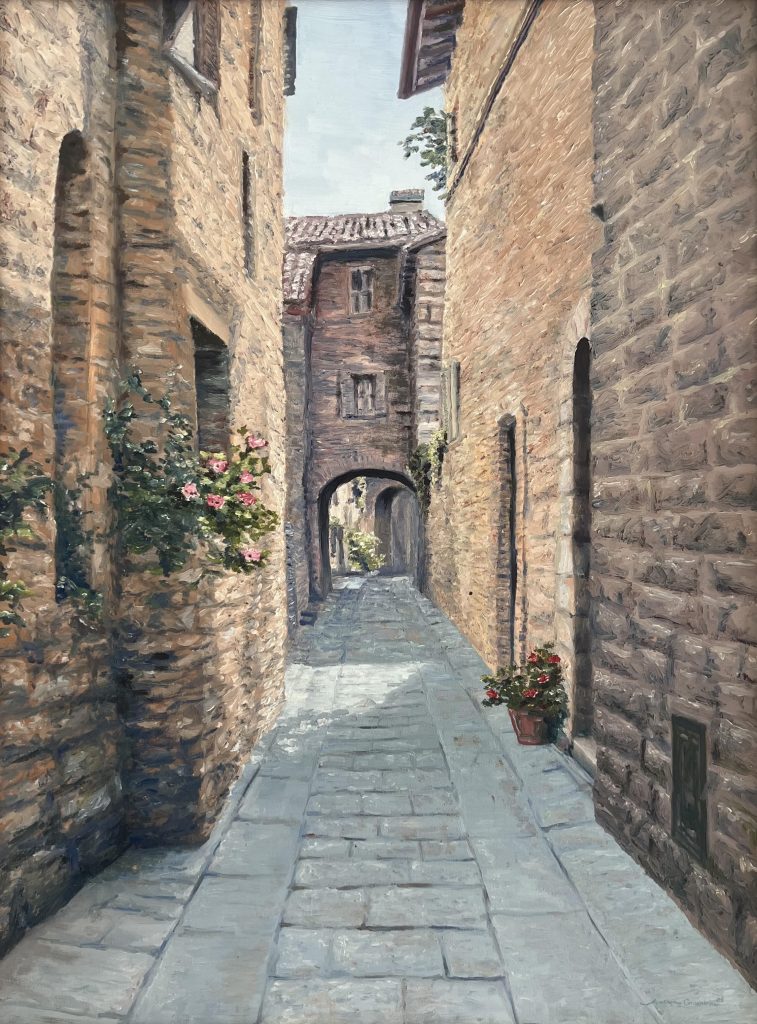November 15, 2025

Before landing at Santa Barbara’s Harrison Design, architect Anthony Grumbine earned two bachelor’s degrees — architectural studies and art history — from Carleton University and a master’s in architecture from Notre Dame. He was finishing up that graduate degree in 2007 when he was recruited by Harrison Design founder Bill Harrison at a campus career fair.
Today, Grumbine is a senior principal at the firm, where he’s drawn building plans for some of the region’s finest private homes. Along the way, he’s served in the public sphere, as well, previously as board president of the Santa Barbara Trust for Historic Preservation and currently as chair of the city’s Historic Landmarks Commission.
When asked what he likes most about his job, he replied, “Watching the design process come together through thoughtful collaboration, taking note of that first drawn image as beautifully executed results come to life.” For more, we caught up with Grumbine to talk about the role of fine art in architecture.

Any artists in your family, or teachers, who encourage you early on?
I grew up in a big family, and we would draw, paint, and do a lot of creative projects, especially since we only got to watch TV on weekends. My parents were very encouraging of our art pursuits.
Any fine art education or formal training?
I took a few art classes in high school and college, but it wasn’t until taking an intense drawing class for my undergraduate architecture degree that I saw a strong improvement. Interestingly, I saw all 70+ of my classmates improve greatly as well.
The other major area of growth came from a drawing class in Rome with Dr. Jaime Cooper, who was both an architect and PhD in architecture history and theory. He taught us to draw as a way of analyzing and understanding great architecture, from entire building sketches to the smallest classical moulding profile.
Tell us more about studying in Italy. Highlights?
It was as part of a two-year masters of architecture program at the University of Notre Dame, with one semester in Rome. We took several trips throughout Italy, studying the great buildings and cities.
Assisi was my favorite hilltown. Venice was magical and otherworldly. Rome was overwhelming in the amount and quality of beautiful buildings. I filled an entire sketchbook.
What’s the story beyond your watercolor of Venice’s St. Mark’s Square?
During my semester in Italy, I visited Venice with my wife and our four sons. The painting depicts our three-year-old and four-year-old chasing pigeons in the square (which they loved doing in any piazza). It was a gift for my wife, and definitely one of my best pieces.
During the 2017 Thomas Fire, we were out of town and the fire was very close to our house. A good friend offered to grab whatever he could carry out. I panicked and picked the largest oil painting we had. Then after I had hung up the phone, I remembered “Chasing Piazza Pigeons” and was kicking myself for not choosing it. Thankfully, our house did not burn. That experience helped me realize that this is my favorite painting.
How does your fine art background inform your architectural work?
The ancient Roman architect Vitruvius, in his Ten Books on Architecture, talks about how all good architecture has three key components: ”firmitas” (well built), “utilitas” (function), and “venustas” (beauty). In various ways, art has informed my work as an architect, especially in helping me be sensitive to what makes things beautiful – how the shape of a moulding catches the raking morning light, how certain proportions are especially pleasing to the eye, how the right materials and colors work perfectly as an architectural palette. There are so many ways in which an artistic eye helps architects create beauty.
Another way the practice of art has helped me professionally is in sketch studies of well-built historic architecture. That helps me analyze and understand why buildings last through construction methods, materials, and thoughtful, practical detailing.
An artist’s perspective helps remind me to be part of projects that are not only built well and function well, but are also so beautiful that artists would want to paint them. Whether it be a stunning home that perfectly suits the owner, or a church that moves the soul to God, I have found that beauty is critical to architecture.


For more, check out Grumbine on Instagram @anthonygrumbine

